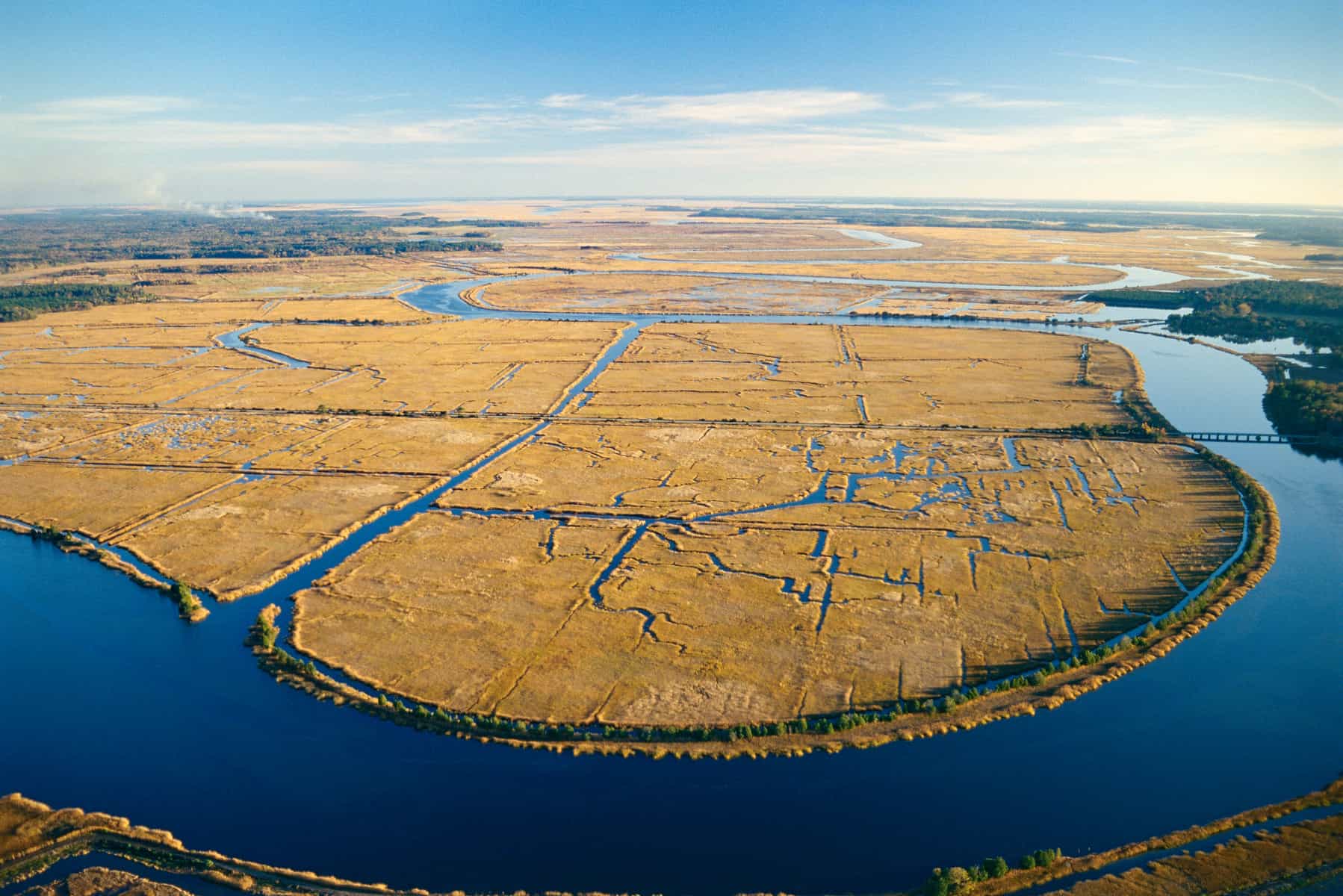Secrets Of South Carolina’s Historic Rice Plantations

Have you ever wondered about the rich history behind South Carolina's rice plantations? These historic sites offer a glimpse into the past, showcasing the state's agricultural heritage. From the lush fields to the grand plantation houses, each location tells a unique story. Visiting these plantations is like stepping back in time, where you can learn about the lives of those who worked the land and the impact of rice cultivation on the region's economy. Whether you're a history buff or just curious, exploring these plantations provides a fascinating look at South Carolina's past. Ready to dive into the world of rice plantations? Let's get started!
Secrets of South Carolina's Historic Rice Plantations
South Carolina's rice plantations hold a rich history. These estates tell stories of the past, showcasing architecture, culture, and the lives of those who lived and worked there. Let's explore some of the most fascinating rice plantations in South Carolina.
Boone Hall Plantation
Boone Hall Plantation, established in 1681, is one of America's oldest working plantations. This site offers a glimpse into the past with its preserved buildings and beautiful gardens.
- Avenue of Oaks: A stunning entrance lined with massive oak trees, planted in 1743.
- Slave Cabins: Original cabins that provide insight into the lives of enslaved people.
- Main House: A grand mansion built in 1936, reflecting Colonial Revival architecture.
Middleton Place
Middleton Place, a National Historic Landmark, is home to America's oldest landscaped gardens. This plantation offers a unique blend of history and natural beauty.
- Middleton House: Built in 1755, this house showcases Georgian architectural style.
- Butterfly Lakes: Beautifully designed lakes that resemble butterfly wings.
- Stableyards: A living history museum where you can see traditional crafts and animals.
Magnolia Plantation and Gardens
Magnolia Plantation and Gardens, founded in 1676, is renowned for its stunning gardens. This plantation has been owned by the same family for over 300 years.
- Magnolia Gardens: Famous for its azaleas and camellias, these gardens are a must-see.
- Audubon Swamp Garden: A unique swamp garden with boardwalks and wildlife.
- Plantation House: Built in the 19th century, this house offers tours that delve into the plantation's history.
Drayton Hall
Drayton Hall, built in 1738, is the oldest preserved plantation house in America that is open to the public. This site offers a rare look at Georgian-Palladian architecture.
- Drayton Hall House: An architectural masterpiece that has remained virtually unchanged.
- African American Cemetery: A historic cemetery that honors the enslaved people who lived and worked here.
- Great Hall: A grand room with original woodwork and plaster.
Hampton Plantation
Hampton Plantation, a state historic site, offers a serene setting with a rich history. This plantation is known for its beautiful grounds and historic buildings.
- Hampton House: Built in the 18th century, this house showcases Georgian architecture.
- Live Oak Avenue: A picturesque avenue lined with ancient live oak trees.
- Kitchen House: An original outbuilding that provides insight into the plantation's operations.
Hopsewee Plantation
Hopsewee Plantation, built in 1740, is a beautifully preserved rice plantation. This site offers a glimpse into the life of a wealthy planter family.
- Hopsewee House: A charming house that has been carefully preserved.
- Riverfront: A scenic area along the North Santee River.
- Tea Room: Enjoy traditional Southern tea in a historic setting.
McLeod Plantation
McLeod Plantation, established in 1851, is a significant Gullah/Geechee heritage site. This plantation offers a deep dive into the history and culture of the Gullah people.
- McLeod House: A grand house that reflects the wealth of the McLeod family.
- Gullah/Geechee Heritage: Learn about the unique culture and history of the Gullah people.
- Slave Cabins: Preserved cabins that tell the stories of the enslaved people who lived here.
Discovering South Carolina's Rich History
South Carolina's historic rice plantations offer a unique glimpse into the past. These estates showcase the state's agricultural heritage, architectural beauty, and cultural significance. Visiting these plantations, you can walk through lush gardens, explore grand homes, and learn about the lives of those who lived and worked there. Each plantation tells a story, from the grandeur of the wealthy landowners to the resilience of the enslaved people who built and maintained them.
Exploring these sites provides a deeper understanding of South Carolina's history and the complex legacy of its rice industry. Whether you're a history buff or just looking for a beautiful place to visit, these plantations are worth your time. They remind us of the past while offering a peaceful retreat in the present. Plan your visit and step back in time to experience the rich history of South Carolina's rice plantations.

